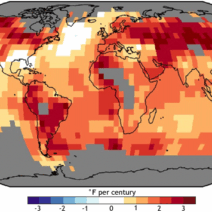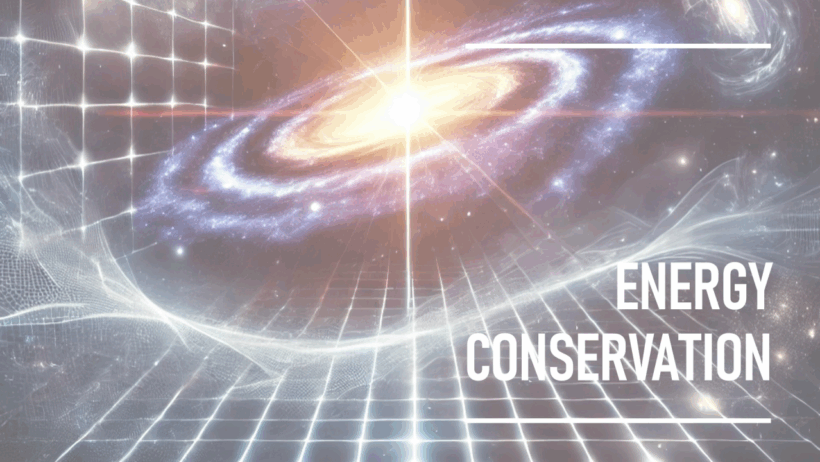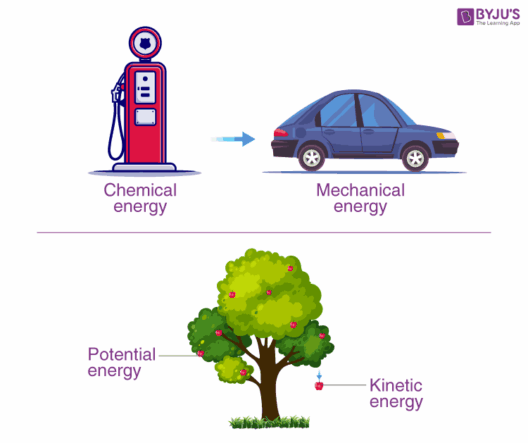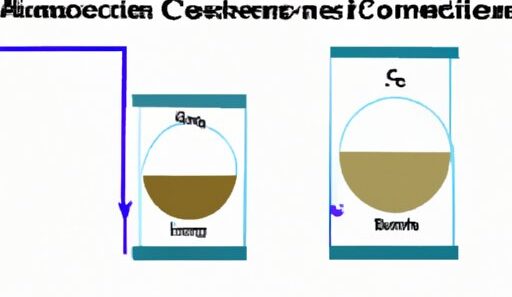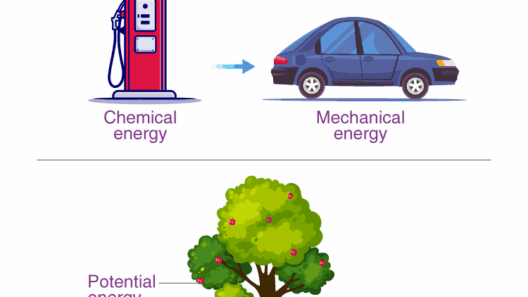Understanding the principles of physics encompasses a plethora of nuanced concepts that govern the behavior of objects in motion. When discussing the fundamental properties of moving bodies, two major concepts emerge: momentum and mechanical energy. These quantities are pivotal in the realm of classical mechanics and have significant implications across various physical systems. The central inquiry—“Momentum vs. Mechanical Energy: Which One’s Really Conserved?”—serves as an intriguing departure point into the intricate world of physical laws.
Momentum, defined as the product of an object’s mass and its velocity, is a vector quantity, meaning it possesses both magnitude and direction. The law of conservation of momentum asserts that within a closed system, the total momentum remains constant if no external forces are applied. This law holds true in various scenarios, from collisions in a game of billiards to space probes navigating the cosmos. In contrast, mechanical energy, the sum of kinetic and potential energy, is a scalar quantity. Kinetic energy is associated with the motion of an object, while potential energy is linked to its position or configuration. The conservation of mechanical energy principle states that in an isolated system, the total mechanical energy remains constant if only conservative forces act upon it, such as gravitational or elastic forces.
Examining the implications of these conservation laws is fundamental to understanding their respective realms. In elastic collisions—where objects collide and then bounce apart without losing energy—momentum is conserved. The total momentum of the colliding bodies pre- and post-impact remains unchanged. Conversely, in inelastic collisions, while momentum is still conserved, mechanical energy is not. Instead, some energy is transformed into other forms, such as heat or sound, illustrating a disparity between these two conservation laws.
Take, for instance, an exceptionally illustrative scenario: a game of pool. When the cue ball strikes a stationary eight ball, it transfers momentum to the eight ball, propelling it forward. Despite the interaction resulting in kinetic energy transformations, the total momentum before and after the collision remains constant. The varying dynamics at play emphatically underscore how momentum operates independently from mechanical energy, reinforcing the necessity of treating these two entities distinctly in physical analysis.
To delve deeper into the conservation of mechanical energy, consider the analogy of a pendulum. As the pendulum swings, its potential energy at the highest point transitions into kinetic energy at the lowest point, completing a conversion cycle while conserving mechanical energy throughout the swing. However, if resistance forces such as friction or air drag are considered, the pendulum will eventually come to a halt, demonstrating that mechanical energy can dissipate when non-conservative forces dominate. This example starkly contrasts the rigidity of momentum conservation, which upholds its validity regardless of energy transformations.
The utility of momentum conservation extends far beyond theoretical physics; it is indispensable in various applied settings. Engineers and physicists leverage the conservation of momentum principle to design safer automobiles, optimize athletic performance, and even analyze the ramifications of celestial mechanics in astronautics. These practical applications exemplify the law’s capacity to foster advancement in technology and safety standards, underscoring its monumental significance.
Mechanical energy conservation also garners attention in environmental discussions. Sustainable energy sources aim to harness and optimize mechanical energy in forms such as wind or hydroelectric power. Understanding energy transformations is vital in maximizing efficiency and minimizing waste, urging society toward advancing renewable energy technologies. Therefore, while mechanical energy offers insights relevant to ecological efforts, the steadfast principles governing momentum undeniably possess an indelible impact across varied disciplines.
When constructing mathematical models or engaging in computational physics, practitioners frequently rely on systematic approaches incorporating both momentum and mechanical energy equations. Notably, the conservation of momentum allows for straightforward calculations in collision systems, often simplified by employing the impulse-momentum theorem. This theorem relates the change in momentum to the impulse applied over a certain time interval, thereby providing a robust predictive framework.
On the flip side, mechanical energy considerations often lead to the application of the work-energy theorem, which correlates work done on a system to the change in mechanical energy. The juxtaposition of these two mathematical formulations reveals contrasting methods of analysis in physical systems, each suitable for specific scenarios and yielding vital insights into the respective dimensions of motion.
The dichotomy between momentum and mechanical energy encapsulates a broader conversation regarding the nature of conservation laws in physics. While momentum asserts a universally conserved quantity across various collision types, mechanical energy’s conservation is contingent upon the presence of conservative forces. Thus, their varying characteristics and implications necessitate nuanced distinctions in their applications and predictions within real-world contexts.
As we traverse from theoretical realms to practical applications, it becomes evident that comprehending the interplay between momentum and mechanical energy enriches our understanding of both natural phenomena and engineered systems. The intrinsic principles governing motion not only illuminate the fundamentals of classical mechanics but also propel academic inquiry, technological innovation, and sustainable practices toward brighter horizons.
In summation, momentum and mechanical energy are both pivotal to physics, yet they encapsulate distinct conservation laws. While momentum remains invariant regardless of external forces, mechanical energy offers a more complex narrative intertwining with conservative forces. Exploring these concepts in tandem provides a richer tapestry through which one may decipher the movements and interactions that define our physical world.
